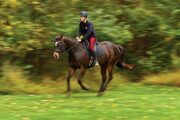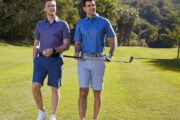Skateboarding’s popularity is now rapidly growing worldwide, and Australia is not an exception. This recreational activity is especially popular among teenagers, both male and female. Besides being extremely fun, it trains your body in unique ways. Since a huge part of it is about balance, it strengthens your core and works out your legs as you skate. Making new friends, learning perseverance and building confidence are some of the many advantages that come with this extraordinary activity.
However, as much exciting it can be, skateboarding can also be dangerous and lead to injuries if you’re not careful. Even if you manage to find the right longboard , you still need a helmet and other protective gear to keep you safe, especially if you are performing tricks. Wearing the right skateboard wrist guards, shoes and knee pads can help you perform that ollie, nollie, kickflip or Casper flip with ease and success.
How Do You Protect Your Wrists When Skateboarding?
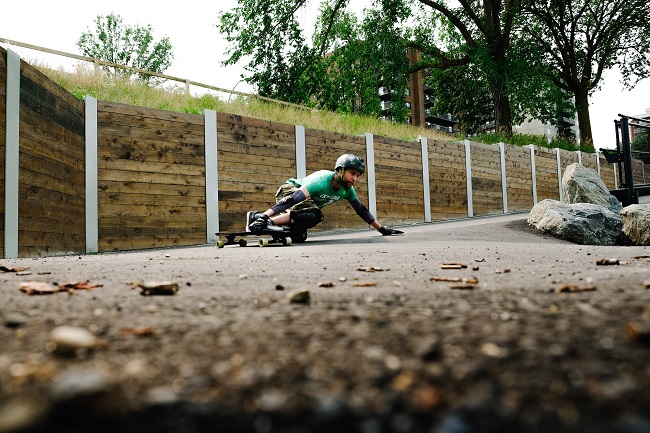
Ezra Jeffrey-Comeau on Unsplash
Many of the skateboarding injuries happen when you lose your balance, fall off the skateboard and land on an outstretched arm. Wrist fractures are among the most common injuries for skateboarders. When riders fall, they usually try to stop themselves with their hands. To protect your wrist bones, joints and skin, it’s essential to wear skateboard wrist guards. They come in a wide range of designs and colours, each specially created to offer protection and less restriction.
When shopping for wrist guards for skating, have in mind that fingerless models might be a better option. These gloves free up your hands while providing the protection you need. Since your fingers are free, your hands can function normally. Make sure you choose a quick slide-on wrist saver that can easily fit your hand. The most effective skateboard wrist guards feature high-density impact-resistant moulded ABS splints on the front and the back of the wrist for support. Some wrist savers also include shock-absorbing EVA foam secured between the support splints and the wrist. To ensure a perfect fit, you can opt for a 4-way stretch nylon mesh. This material is very durable, and you can wear them for a long time.
The guard plate should be contoured and cupped to fit a wider area of your palm and wrist, so you can get full protection from hard impacts. Most wrist pads for skating are made from breathable materials and feature a sweatband. Classic black is usually the best choice for boys, while girls can spice up their skateboarder style with some leopard prints or other vivid colours and patterns. Whatever design you choose, make sure it’s the right size for you and that you wear it every time you go skating.
Should I Wear Knee Pads for Skateboarding?
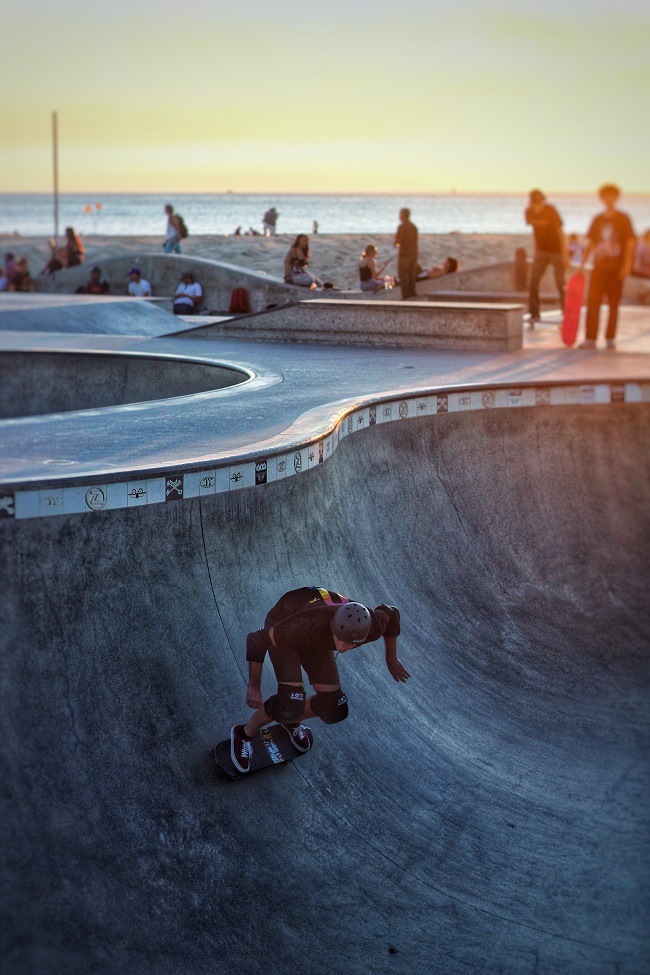
As with any sport that requires you to ride on concrete, wearing protective gear, elbow pads and knee pads is a must. Knee pads are very useful as they allow the skater to knee slide out of danger, especially on transitions. It’s highly recommended to wear these pieces even if you’re not a beginner.
Modern hardshell designs of knee pads feature a streamlined shape and design to increase mobility, protect you from injuries and provide comfort. The contoured form-fitting design cradles the knee, while the superior foam system helps absorb hard impacts. Make sure to choose a model with a seamless interior finish that provides ultimate comfort and freedom of movement. The most durable and long-lasting knee pads are made from ballistic nylon.
Which Shoes Are Best for Skateboarding?
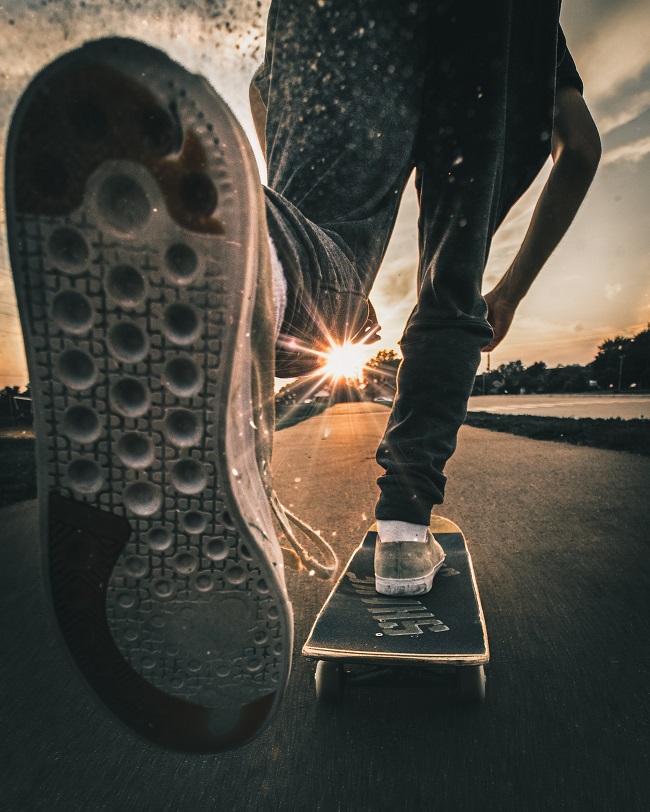
Wearing skate shoes when riding a skateboard is essential to have more control over the board. The right shoes for skating can make a huge difference in your overall experience. The best skate shoe should match your feet, skateboarding style and offer support without sacrificing board feel.
When choosing the best skate shoes for your favourite activity, you need to decide whether you want a cup sole or vulcanised sole. Cup soles are very durable and shock-absorbing to provide the utmost impact protection against hard landings. These shoes are constructed with a single rubber sole unit. Vulcanised shoes are lighter, more flexible and tend to break in easily. Although they don’t provide as much foot support as the cup soles, the board feel they provide is exceptional.
Low, high or mid-tops is another decision you need to make. The difference between the three is the ankle protection and freedom of movement. Low tops are more comfortable and easier to move in, but high tops provide protection and ankle support. Mid-tops are somewhere in the middle. With these, you’ll find a shoe that allows good mobility, while offering decent ankle protection.
